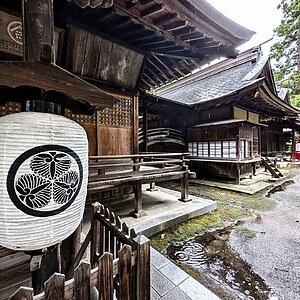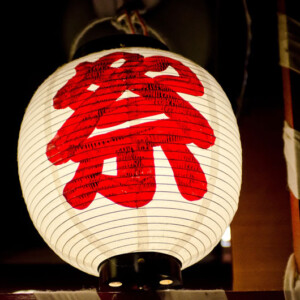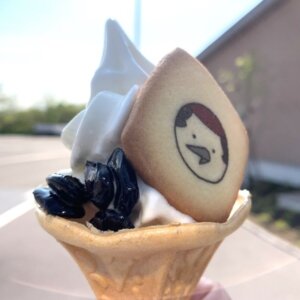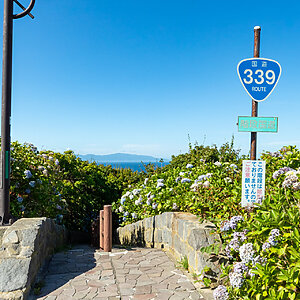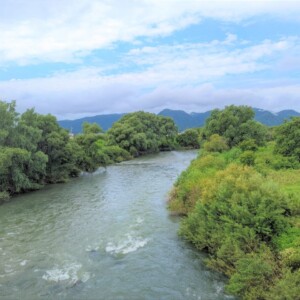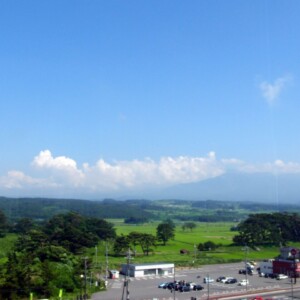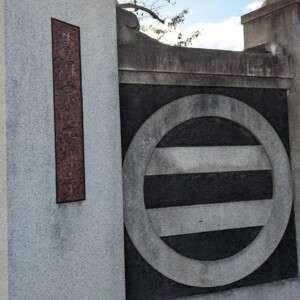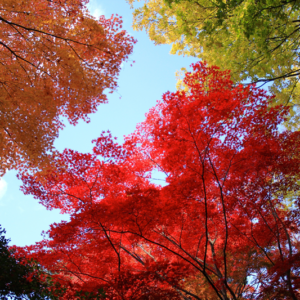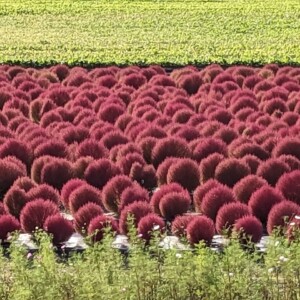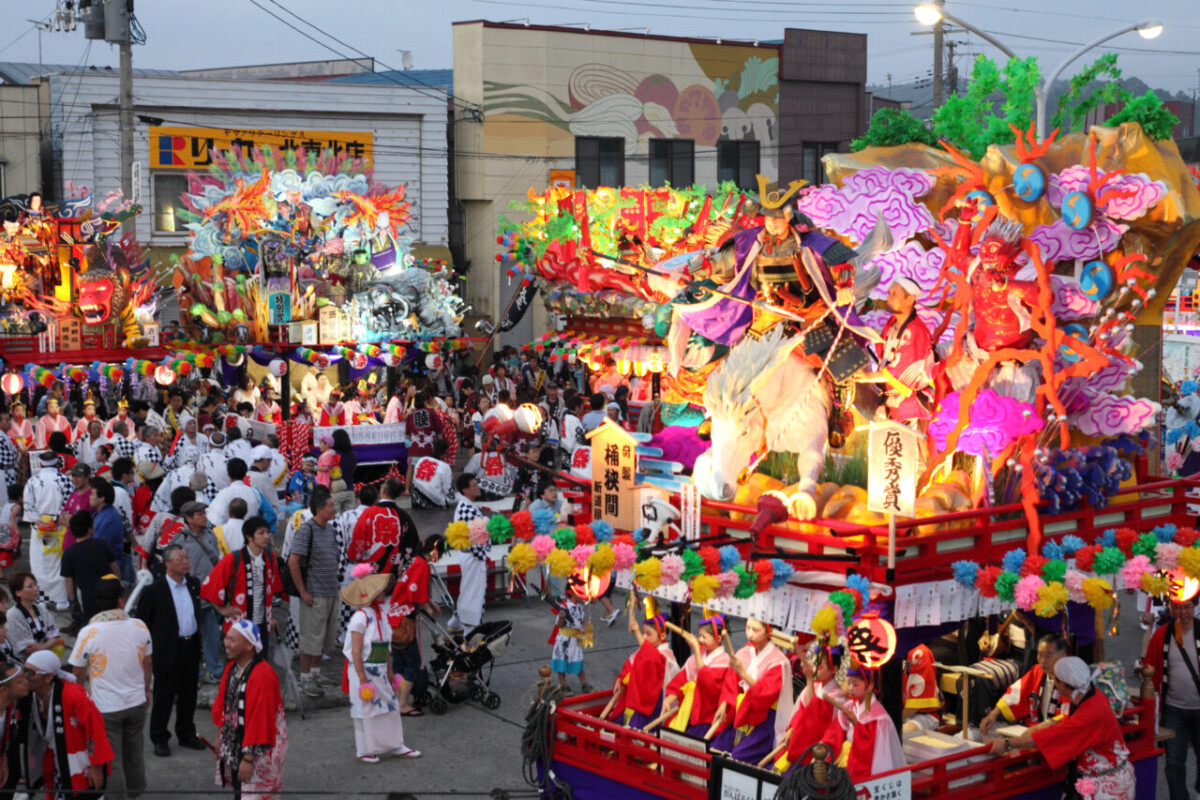
The gorgeous "Noheji Gion Festival" and Kitamae Ship port call "Noheji" [Aomori Prefecture]
table of contents
- 1 Noheji Port, developed by the Nanbu clan as a northern gateway
- 2 Noheji's heyday was during the Meiji era. It lost its vitality after the opening of the railway
- 3 The Noheji Gion Festival, which was introduced from Kyoto and developed independently
- 4 Language and cuisine influenced by the Kansai region
- 5 Remains of Kitamae ships remaining in Noheji
- 6 Noheji History and Folklore Museum exhibits valuable materials related to Kitamae-bune ships
Noheji Town in Aomori Prefecture is a port town located at the very back of Mutsu Bay, between the Tsugaru Peninsula and the Shimokita Peninsula, at the base of the Shimokita Peninsula.
It is said that "Noheji" comes from the Ainu word "Nuppet" (a river flowing through a field), and the kanji characters "Noheji" were used. As it is at the very back of a large bay, the waves are calm, so it is thought that people lived there during the Jomon period, and that it was a fairly large port in the late Heian period
Noheji Port, developed by the Nanbu clan as a northern gateway
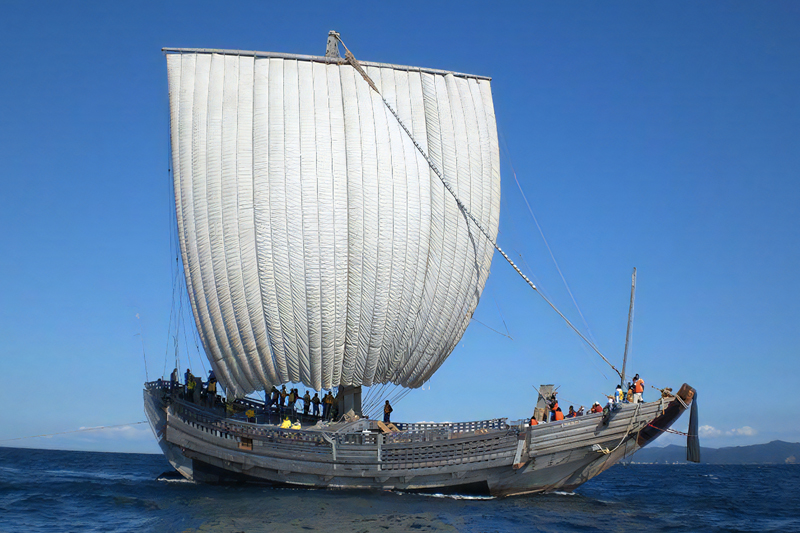
During the Edo period, the Nanbu Domain (also known as Morioka Domain), which controlled Iwate Prefecture and eastern Aomori Prefecture, developed Noheji Port (present-day Noheji) as its northern gateway, with trading ships constantly coming and going from the port to the Tsugaru Domain (Aomori Prefecture) and the Matsumae Domain (Hokkaido)
Eventually, the Kitamae-bune ships, which traveled from Osaka to ports on the Sea of Japan, loaded up with goods from the Hokuriku and Tohoku regions before returning to Osaka, began to extend their reach to Noheji Port. Clothing and culture were brought from Osaka, while agricultural products such as soybeans and copper were shipped from Noheji
Noheji's heyday was during the Meiji era. It lost its vitality after the opening of the railway
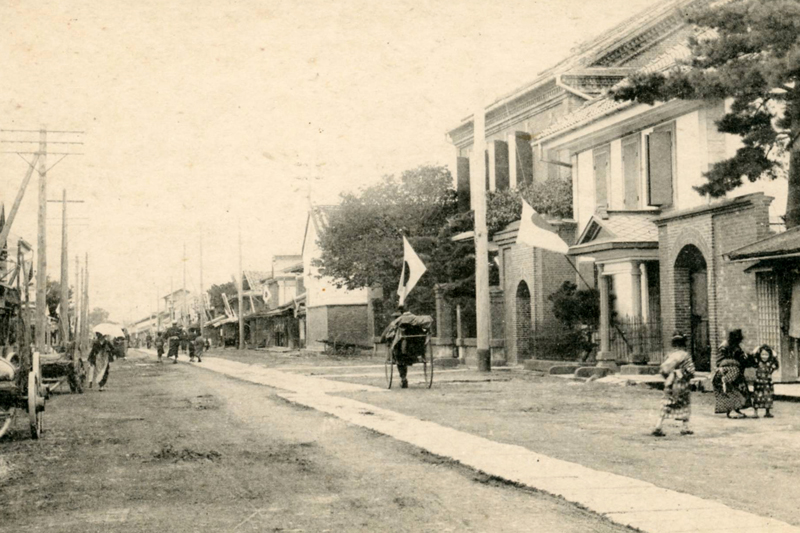
From the mid-Edo period through the Meiji period, Noheji was lined with stores run by wealthy merchants such as the Nomura family and Sendaiya, who made money from trade with the Kitamaebune ships, and they even owned their own ships to expand their businesses.The city reached its peak during the Meiji period, when it was said to be the second largest port in Aomori Prefecture
However, because the port of Noheji was shallow, small ships such as sailing ships could dock, but large steamships had to anchor offshore and transport people and cargo by barge
In 1891 (Meiji 24), a railway line (now the JR Tohoku Main Line) connecting Tokyo and Aomori Station (Aomori City) was opened, and in 1905 (Meiji 38), the Ou Main Line connecting Aomori Station and Fukushima Station was opened. Although a station was also built in Noheji, the center of distribution shifted to Aomori Station, and with the unfavorable situation of the port, the area rapidly lost its vitality
The Noheji Gion Festival, which was introduced from Kyoto and developed independently
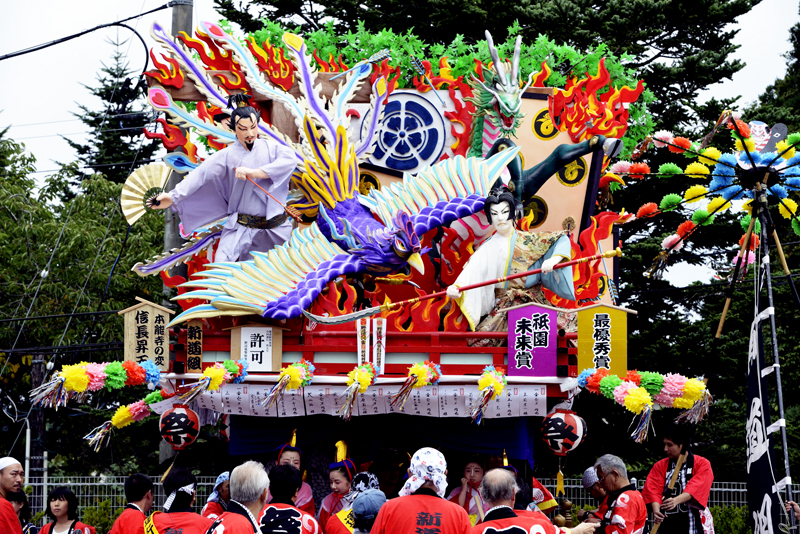
The Kitamae ships brought not only goods from the Kansai and Hokuriku regions, but also the culture of Kamigata (Kansai region) to Noheji
The Noheji Gion Festival is perhaps the most prominent example of Kamigata culture. Originating in Kyoto, the Gion Festival was originally a ritual held in the Heian period to pray to Gion Shrine (Kyoto's Yasaka Shrine) for the elimination of epidemics, but from the Muromachi period onwards it evolved into the modern festival where gorgeous floats (dashi/yamahoko) are paraded through the town while the Gion bayashi music is played
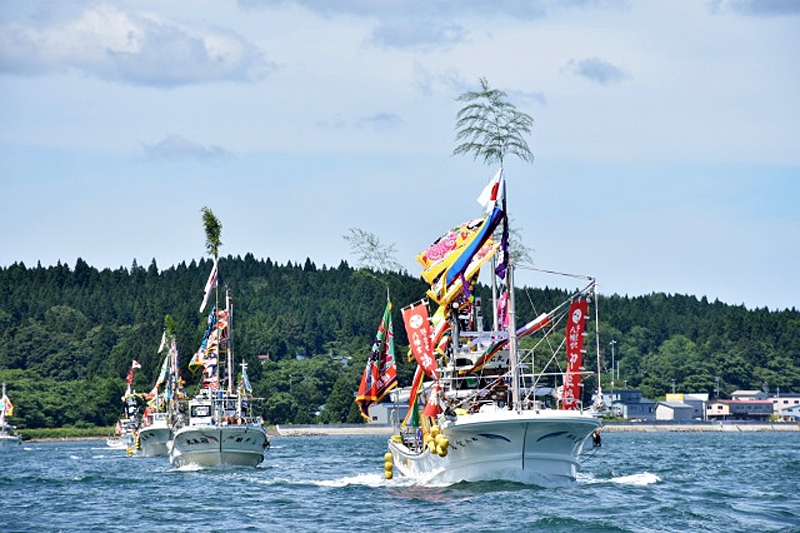
It was brought to Noheji by people who arrived on Kitamae ships during the Edo period, and the colorful festival format was passed down, and from the Meiji period onwards it has been held in its current form as the Noheji Gion Festival
The highlight of the four-day Noheji Gion Festival is the Kaijo Togyo on the third day. This is a sea parade featuring a gozabune boat carrying a mikoshi (portable shrine) unique to the port town of Noheji, followed by numerous fishing boats waving large catch flags
The Noheji Gion Festival is held every year from mid- to late August for four days from Thursday to Sunday (please inquire about the dates). On the first day, a huge 1.5-ton shimenawa rope is presented to Noheji Hachiman Shrine, and on the second and fourth days, a gorgeous two-story float is pulled around the town accompanied by musical accompaniment, and on the third day, a "sea procession" takes place
*The Noheji Gion Festival is an intangible folk cultural asset of Noheji Town
Noheji Gion Festival <Information>
- Name: Noheji Gion Festival
- Address: Noheji Town, Aomori Prefecture
- Phone number: 0175-64-9555 (Noheji Town Tourism Association)
- Event period: 4 days in mid- to late August *Please inquire regarding the event
- URL: Noheji Gion Festival
Google Maps
Language and cuisine influenced by the Kansai region
Festivals are not the only aspect of Kamigata culture that was introduced to Noheji. Language is also one example
The main language in much of the Nanbu domain's territory was the Nanbu dialect, and Noheji also spoke the Nanbu dialect, but it is said to have a softer nuance that is unique to Noheji
The shopping districts in particular seem to be different even within Noheji, and this is said to be due to the influence of the Kansai dialect. However, according to the Noheji Town Library, the differences are completely indistinguishable to people who do not speak the southern dialect
The influence of Kamigata remains in the food culture as well, with representative dishes being "cha-gayu" (rice porridge) and "keiran" (rice cake)
Tea porridge
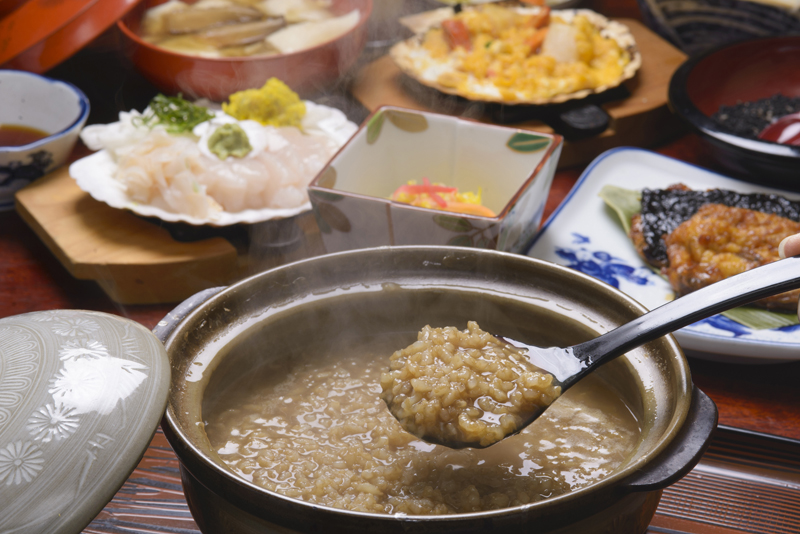
"Chagayu" is a type of porridge made with Japanese tea in Kyoto and other areas, but it is said to have been introduced to Noheji in the late Edo period
Japanese tea is not grown in Noheji, and instead rice is cooked with tea made from dried Kawaraketsumei (river bank tea), a legume that grows wild on riverbanks
This "Kawaraketsumei" has a laxative effect and a diuretic effect, and has been drunk as tea in Noheji for a long time
©Aomori Prefecture
Keiran
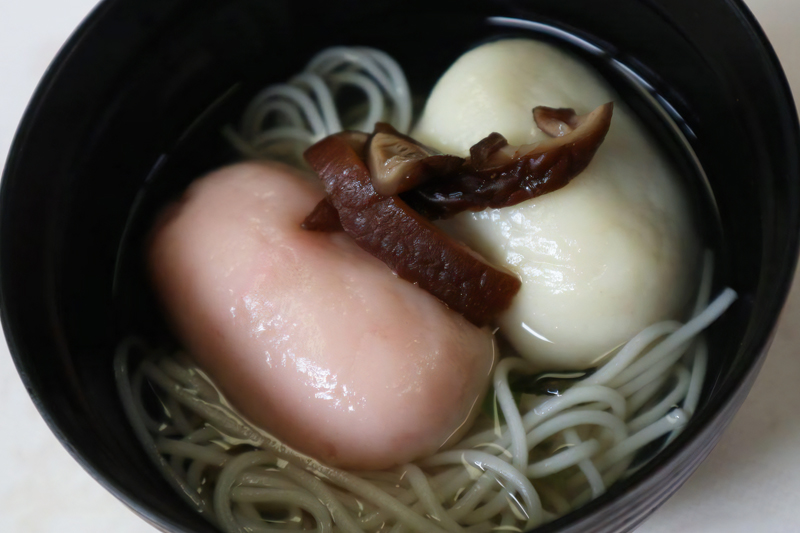
"Keiran" is also a traditional dish from the Kamigata region, but it was brought to northern Tohoku and southern Hokkaido by Kitamae ships and is eaten as a local dish
Nowadays, the ingredients and cooking methods vary from region to region, but generally, glutinous rice flour (shiratama flour) is formed into mochi mochi shape, filled with red bean paste, and boiled. The mochi is then shaped into an egg-like shape and served in a bowl, and eaten as a clear soup with dashi stock and somen noodles
Originally, it was eaten as a delicacy after the autumn harvest, but now it is served as a complimentary dish at tourist funerals
©Noheji Town Tourism Association
*Matsuura Shokudo is the only restaurant where you can enjoy Chagayu and Keiran, and reservations are accepted by phone only for parties of two or more
Matsuura Shokudo <Information>
- Facility name: Matsuura Shokudo (Matsuura Liquor Store)
- Address: 39-7 Kaminakano, Noheji-machi, Kamikita-gun, Aomori Prefecture
- Phone number: 0175-64-3004
Google Maps
Remains of Kitamae ships remaining in Noheji
Within the town of Noheji, there are remains of a wealthy merchant who made his fortune trading with Kitamae ships, as well as cultural assets related to the Kitamae ships
Hamamachi Night Lights
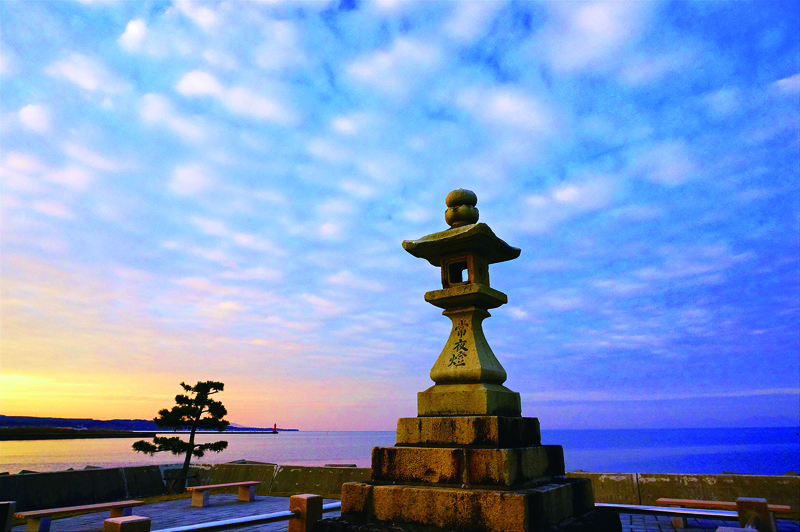
Hamamachi's Night Light (designated an intangible folk cultural property by Noheji Town) is a port lighthouse (night light) built in 1827 by the wealthy merchant Nomura family to ensure the safe entry and exit of ships
The Nomura family is the largest merchant family in Noheji, with each generation taking the name Nomura Jisaburo since the Edo period. They founded a bank, and the sixth generation served as a member of the House of Peers, while the eighth generation served as a member of the House of Representatives
©Noheji Town
Hamacho Night Lights <Information>
- Facility name: Hamacho Joyato
- Address: 471 Noheji, Noheji-cho, Kamikita-gun, Aomori Prefecture
- Phone number: 0175-64-9494 (Noheji Town History and Folklore Museum)
- URL: Yoyato Park
Google Maps
Former Nomura Family Residence Annex "Anzaisho"
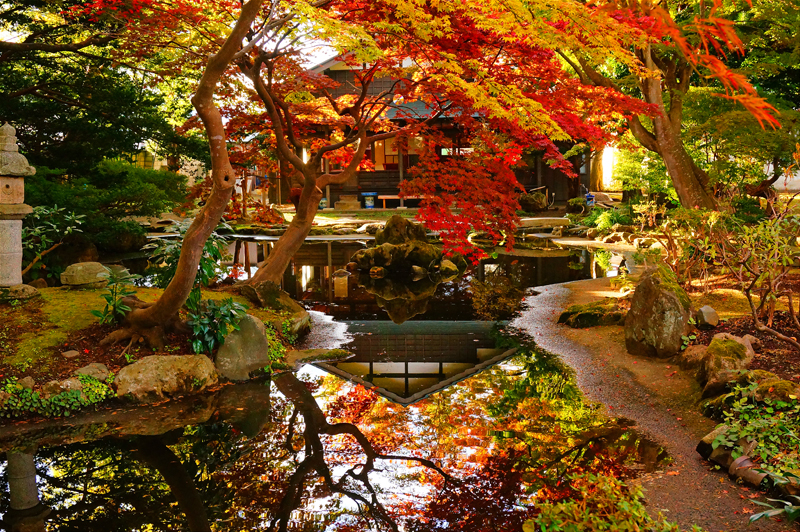
The Nomura family's villa was used as a lodging (anzaisho) for Emperor Meiji when he visited the Tohoku region in 1876 (Meiji 9). The building was destroyed by fire at that time, but was rebuilt in 1890 (Meiji 23). It is currently designated as a national registered tangible cultural property
©Noheji Town
Former Nomura Family Residence Annex "Anzaisho" <Information>
- Facility name: Former Nomura Family Residence Annex "Anzaisho"
- Address: 132 Noheji, Noheji-cho, Kamikita-gun, Aomori Prefecture (within the Noheji Town Hall grounds)
- Phone number: 0175-64-9494 (Noheji Town History and Folklore Museum)
- Opening hours: 9:00-16:30
- Closed: December to March
- URL: Former Nomura Family Residence "Anzaisho"
Google Maps
Noheji Hachiman Shrine main hall and the subordinate Kotohira Shrine main hall
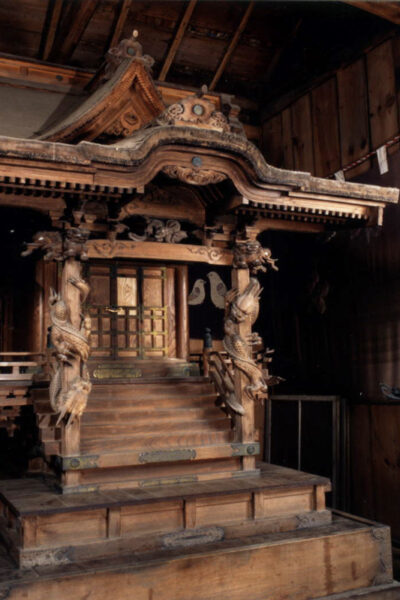
Noheji Hachiman Shrine is said to have been founded in 1598 to be the guardian deity of Noheji, and the main shrine (a prefectural treasure of Aomori Prefecture) was rebuilt in 1714. The main shrine of the subordinate shrine Kotohira Shrine (a prefectural treasure of Aomori Prefecture), located within the grounds of Noheji Hachiman Shrine, is a shrine dedicated to Konpira-sama, the god of maritime safety, and was donated in 1822 by wholesalers of Kitamae ships as a subordinate shrine of Kotohira Shrine (Kagawa Prefecture)
©Noheji Town
Noheji Hachiman Shrine Main Hall and Sub-shrine Kotohira Shrine Main Hall <Information>
- Facility name: Noheji Hachiman Shrine main hall and branch shrine Kotohira Shrine main hall
- Address: 12 Sasadate, Noheji-cho, Kamikita-gun, Aomori Prefecture
- Phone number: 0175-64-9494 (Noheji Town History and Folklore Museum)
- Noheji Hachiman Shrine Main Hall: Closed to the public
- Sub-shrine Kotohira Shrine main hall: Open to the public (inquiries required)
Google Maps
Noheji History and Folklore Museum exhibits valuable materials related to Kitamae-bune ships
The Noheji History and Folklore Museum preserves and exhibits many materials related to the Kitamae ships, including a Jomon period clay figurine (nicknamed Kurara) that was excavated in Noheji and is a nationally designated important cultural property, as well as Japan's oldest red lacquered wooden bowl, which shows signs of mother-of-pearl inlay (ornament with embedded shells)
Passenger ship register (designated tangible cultural property of Noheji Town)
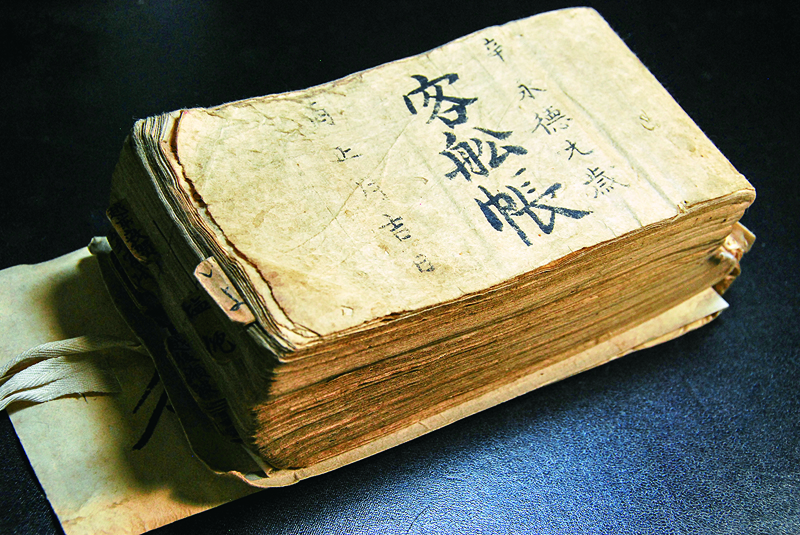
The passenger ship register records the customers of the Igarashi family's boathouse from the Edo period to the early Meiji period, the ships that came and went, and the goods that were transported. A total of 254 ships came and went over the 40 years from 1790 to 1870, with many coming from Osaka, Echizen (Fukui Prefecture), Kaga (Ishikawa Prefecture), and Matsumae (Hokkaido)
©Noheji Town
boat chest
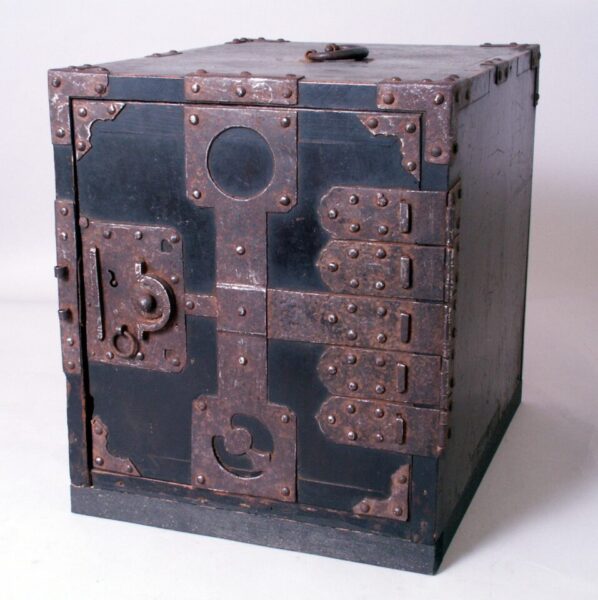
The "Funadansu" is a chest of drawers that was used to store valuables loaded onto Kitamae ships. It is made of paulownia wood, which prevents water from seeping in, and is designed to float on water
©Noheji Town
The Noheji History and Folklore Museum also displays valuable artifacts such as documents detailing the business partners and transactions of the wealthy merchant Nomura family and the shipping wholesaler Sendaiya, as well as Japanese magnets
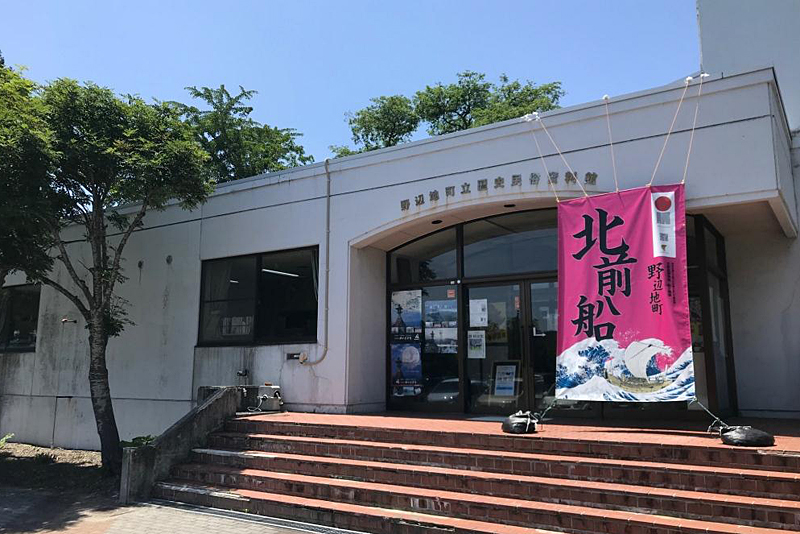
Noheji Town History and Folklore Museum <Information>
- Facility name: Noheji Town History and Folklore Museum
- Address: 1-3 Noheji, Noheji-cho, Kamikita-gun, Aomori Prefecture
- Phone number: 0175-64-9494
- Opening hours: 9:00-16:00
- Closed: Mondays (or the following day if Monday is a public holiday), public holidays, New Year's holidays (12/29-1/3)
- Admission fee: Adults 210 yen, High school and university students 100 yen, Junior high school students and younger free
- URL: History and Folklore Museum
Google Maps
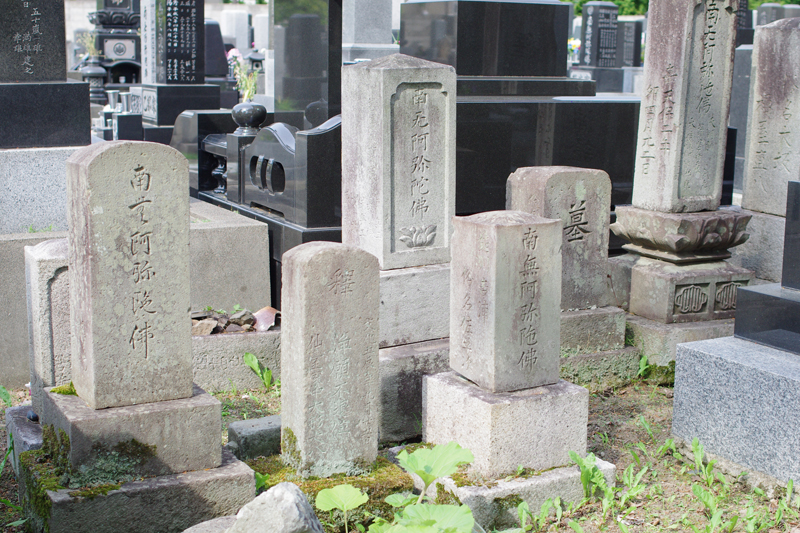
Many of the stone ornaments that can be seen throughout Noheji, such as "night lanterns," shrine lanterns (Noheji Hachimangu Shrine), and stone steps in parks (Atago Shrine stone steps), are thought to have been brought there by Kitamae-bune ships. There are also graves of Kitamae-bune sailors, and Noheji is strongly imbued with the "dreams of men who crossed rough seas."
Noheji has been designated a Japan Heritage site as "A unique space woven from the dreams of men who crossed the rough seas - A port of call for Kitamaebune ships and a shipowners' village."
Matsuura Shokudo <Information>
- Noheji Town Tourism Association
- Phone number: 0175-64-9555
- URL: Noheji Town Tourism Association
- Noheji Town Hall
- Phone number: 0175-64-2111
- URL: Noheji Town Hall
- Tourist brochures
- URL: Tourist brochure



![The legendary special express "Echo Morioka Aomori" [Iwate Prefecture and Aomori Prefecture] 27219484_m](https://jp.neft.asia/wp-content/uploads/2025/04/27219484_m-150x150.jpg)
![A trip to Aomori Prefecture depicted in the 9th journey of the anime "That's Journey" [Aomori Prefecture] Enmei Jizo](https://jp.neft.asia/wp-content/uploads/2025/09/f7ab461e83edd7423e8730afd90212c9-150x150.jpg)
!["Place names with 'To' in them" from 1 to 9 [Shichinohe Edition] The northernmost To, where the image of a horse breeding area remains strong Shichinohe Catch](https://jp.neft.asia/wp-content/uploads/2024/07/286d15017199ce278766930f20fcf2e8-150x150.jpg)
![[Shimokita Peninsula, Aomori Prefecture] Geopark Shimokita Peninsula. A rich hot spring springs from the northernmost peninsula of Honshu 24734759_m](https://jp.neft.asia/wp-content/uploads/2023/02/24734759_m-150x150.jpg)
![The mysterious world of the Shimokita Peninsula of Geopark: "The northern limit of monkeys on Osoreyama and Butsugaura" [Aomori Prefecture] 25110883_m](https://jp.neft.asia/wp-content/uploads/2022/11/25110883_m-150x150.jpg)
!["Yaki Ikadori" is famous for its squid curtains! Many repeat customers are coming to the condensed flavor [Aomori Prefecture] 1088_Squid Curtain](https://jp.neft.asia/wp-content/uploads/2018/11/621b49eff7eed2fb8caee235a00963e0-150x150.jpg)
![[Aomori Prefecture] Not just food! Shining techniques from Tohoku! 5 selections of craft souvenirs 1 Tsugaru lacquer](https://jp.neft.asia/wp-content/uploads/2021/11/832bdccffb961dac52ac9e3b69594280-150x150.jpg)
![[Aomori Prefecture] How cold is it in Aomori? Introducing cold weather measures for your winter trip to Aomori! 25097708_m](https://jp.neft.asia/wp-content/uploads/2023/02/25097708_m-150x150.jpg)
